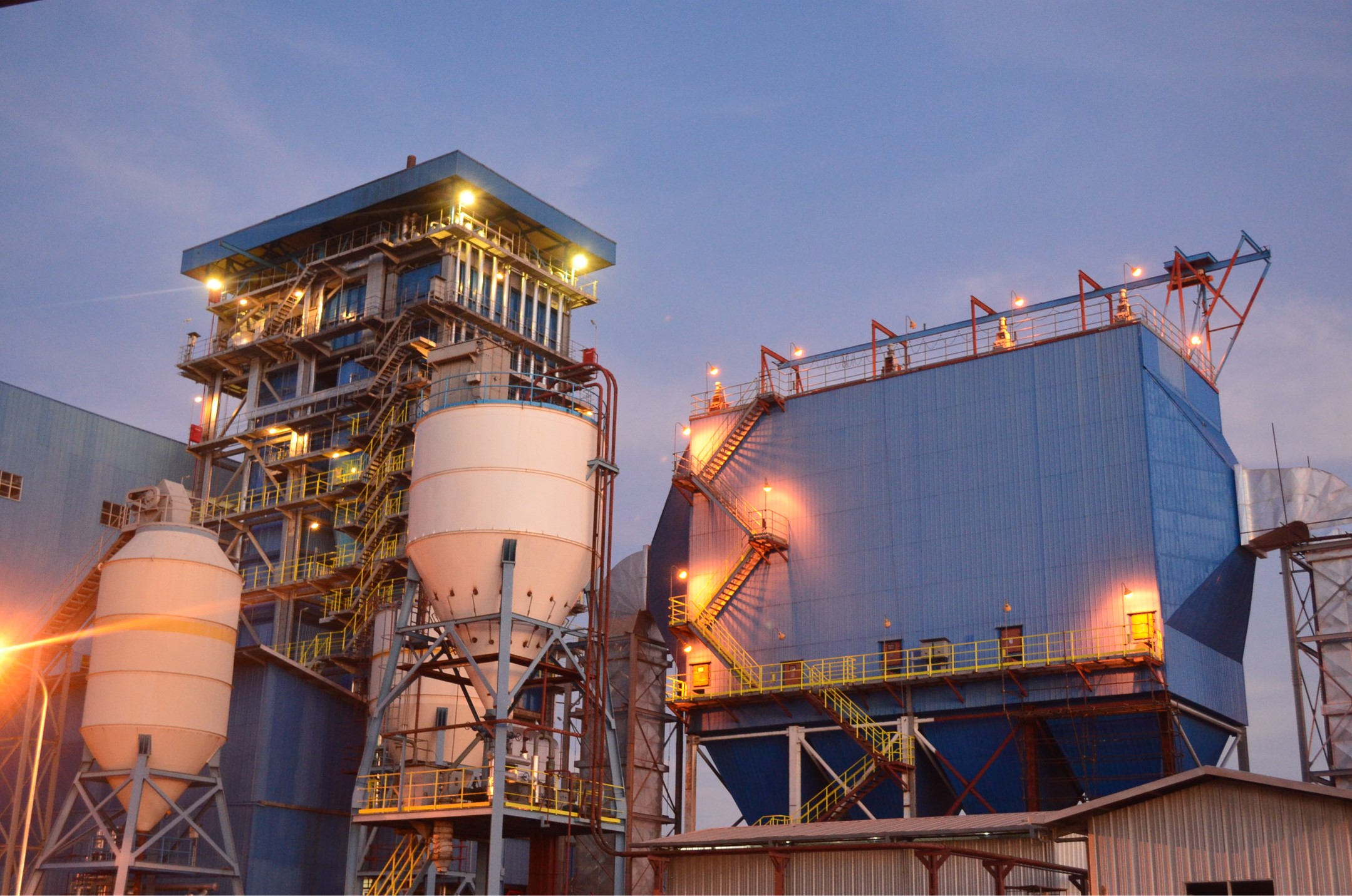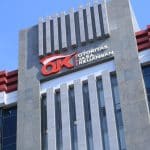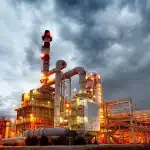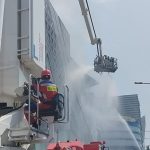Liga Asuransi – Dear readers, how are you? Hope your businesses are getting better now. This time we will be discussing Power Plant Risk Management and Insurance.
As we all know that risk is inherent in all businesses, but power plants face unique perils that require the right protection. Property and casualty insurance may not be enough; equipment breakdown, business interruption, weather risk transfer, and cyber coverage are just a few examples of insurance that may also be worth considering. The right coverage could mean the difference between success and failure.
For your information, insurance companies that specialize in power plant policies have special requirements. They often have a unique understanding of the systems and components installed in facilities, and they recognize the perils faced by the technology being used.
Most of the power plant insurance broker representatives who visit sites are not just salespeople, but often full-fledged engineers with the knowledge and experience to make valuable recommendations. They visit many different facilities and have a database full of claim information, allowing them to share best practices and catch little things that could lead to big problems.
Understanding Operation and Maintenance (O&M)
Operations & Maintenance (O&M means the functions, duties, and labor associated with the daily operations and normal repairs, replacement of parts and structural components, and other activities needed to preserve an asset so that it continues to provide acceptable services and achieves its expected life.
Insurance can be an important risk mitigation strategy for power generation. This report contains information regarding the relationship between the power utility and insurance companies, including how these industries operate and mitigate their risks.
Insurance products offer mitigation in the form of property, casualty, liability, or cyber coverage. Power utility companies pay a premium to the insurance companies upfront which secures their coverage in the event of a disaster or production interruption. The relationship between the risks power utility companies face and the insurance products offered to them is examined through background research and by conducting interviews.
Natural disasters, terrorist and cyber-attacks, and water-related issues including droughts and flooding are constantly changing risks causing the insurance industry to adapt to infrequent yet potentially catastrophic events.
The power sector faces these risks with the established forms of power generation including natural gas, coal, nuclear, hydropower, wind, solar, and others. New forms of energy generation technology bring new risks to the insurance industry to insure.
How power utility companies manage risk:
- Companies often invest in multiple insurance products to protect against all risks generation with an increase in natural gas power generation
- Numerous companies’ generation portfolios show a decrease in coal plant electric power
- Risk associated with power utilities varies by region. Weather and geographic location terrorism (including cyber).
- The biggest risks faced by most types of power utility companies are natural disasters and
The needs for Operation and Maintenance of Power Plant
The reliability of a power plant unit is one of the most important performance parameters which reflect the quality and standards.
The great care and effort devoted to increasing the reliability and quality of electrical power is an indication of the economic implication for the power industry.
The availability and reliability of the turbines reflect on-site behavior, including the effects of changes in auxiliary systems maintenance policy. By identifying the effects of component failure on the system under analysis, based on the failure effects classification, a maintenance policy can be formulated to reduce their occurrence probabilities.
Better aims and specific targets are needed for the power station to improve maintenance management systems and productivity. This should be based on a new maintenance paradigm that will improve maintenance control and other technical activities.
The managers must formulate wise strategies, make decisions, and monitor progress against plans by collecting, retrieving, and analyzing data.
To reduce downtime and achieve high production capabilities, the aim should be to find ways to increase equipment reliability and extend the equipment life through cost-effective maintenance.
To achieve these, must move away from the traditional reactive maintenance mode to proactive maintenance and management philosophies. There should be maintenance processes that fully address Total Quality Maintenance (TQM) and Total Productive Maintenance (TPM) operating modes.
Such change requires a complete shift to a Total Planned Quality Maintenance (TPQM) approach, which is a maintenance and management philosophy that advocates planning all maintenance (i.e., preventive, predictive, and corrective), as well as the control of quality in maintenance operations.
The reliability evaluation of the thermal power station was calculated with the help of the key performance indicator (KPI).
It can be seen from the analysis that the key performance indicator of the certain month is the highest among others in terms of percentage generation efficiency, percentage availability factor, average generation, and energy generated, and this happened after a shutdown in another month so that the annual maintenance routine can be carried out.
Natural Gas Power Plant
Natural gas has proven to be a reliable source of power generation. An important risk that the natural gas industry faces is the ability to meet the demand during peak times in the year.
The term risk refers to the negative influence of an event or an action on a planned procedure. This can include a business procedure such as a production procedure or even a technical procedure such as combustion in a gas turbine and its operability.
A risk can produce especially serious safety problems, especially in the context of technical procedures. This can also result in very high levels of economic damage. This becomes clear using the example of aerospace engineering.
Risk and the resulting damage can result in danger for life and limb but also result in considerable financial consequences. As a result, and due to the ever-complex composition of our industrialized world with its high technical standards, risk management has become indispensable.
The earlier (for example during product development) a risk is recognized and reduced, the more successful a product or procedure.
Risk management includes all measures for the recognition, analysis, evaluation, monitoring, and control of risks. In 2005, ISO decided to develop a risk management standard. ISO/DIS 31000 Risk Management (Figure 1) is subdivided into three sections Principles; Risk management framework; and Risk management process.
Gas Turbine
A gas turbine, also called a combustion turbine, is a rotary engine that extracts energy from a flow of combustion gas. It has an upstream compressor coupled to a downstream turbine, and a combustion chamber in-between. A gas turbine may also refer to just the turbine component.
Energy is added to the gas stream in the combustor, where fuel is mixed with air and ignited. In the high-pressure environment of the combustor, combustion of the fuel increases the temperature. The products of the combustion are forced into the turbine section.
There, the high velocity and volume of the gas flow are directed through a nozzle over the turbine’s blades, spinning the turbine which powers the compressor and, for some turbines, drives their mechanical output. The energy is given up to the turbine comes from the reduction in the temperature of the exhaust gas.
Energy is extracted in the form of shaft power, compressed air, and thrust, in any combination, and used to power aircraft, trains, ships, generators, and even tanks.
Operation and Maintenance of A steam Power Plant Cycle
Steam is the most common working fluid used in vapor power cycles because of its many desirable characteristics, such as low cost, availability, and enthalpy of vaporization.
Other working fluids used include sodium, potassium, and mercury for high-temperature applications. Steam power plants are commonly referred to as coal plants, nuclear plants, or natural gas plants, depending on the type of fuel used to supply heat to the steam. But the steam goes through the same basic cycle in all of them.
How to arrange insurance for a Power Plant?
Power plants are considered as high risks, there have been so many accidents happen mostly machinery breakdown accidents due operation. Therefore, not many insurance companies are interested in providing insurance cover.
The best way to arrange insurance cover for a power plant is by using the service of an insurance broker. The insurance broker will do a risk management survey to understand the actual risk conditions of the plant. Then insurance will put risk recommendations for improvement and at the same time insurance brokers provide fair and adequate underwriting information for the insurance to accept the risks.
One of the insurance broker in Indonesia that have wide experience in insurance power plants is L&G Insurance Broker.
For all your insurance needs, please contact L&G now!
Sources:
- https://web.wpi.edu/Pubs/E-project/Available/E-project-121317-181207/unrestricted/WPI_Risk_Management_and_Insurance_Strategies_For_Power_Generation.pdf
- http://www.xylenepower.com/Operation_and_Maintenance_Schedule_of_a.pdf
—
Looking for Insurance Products? Don’t Waste Your Time and Contact Us Right Now
L&G HOTLINE 24 HOURS: 0811-8507-773 (Call – Whatsapp – SMS)
website: lngrisk.co.id
E-mail: customer.support@lngrisk.co.id
—













